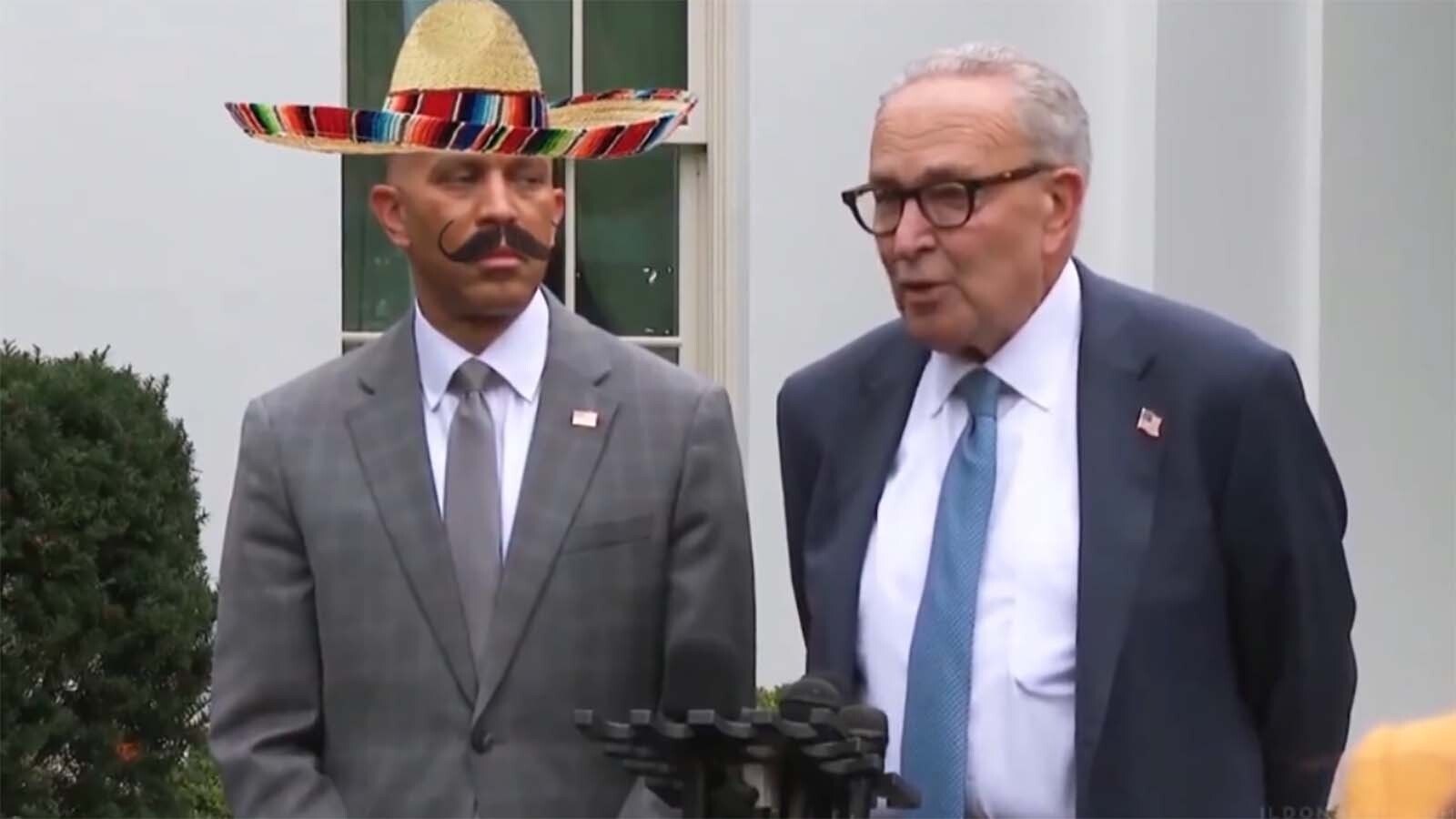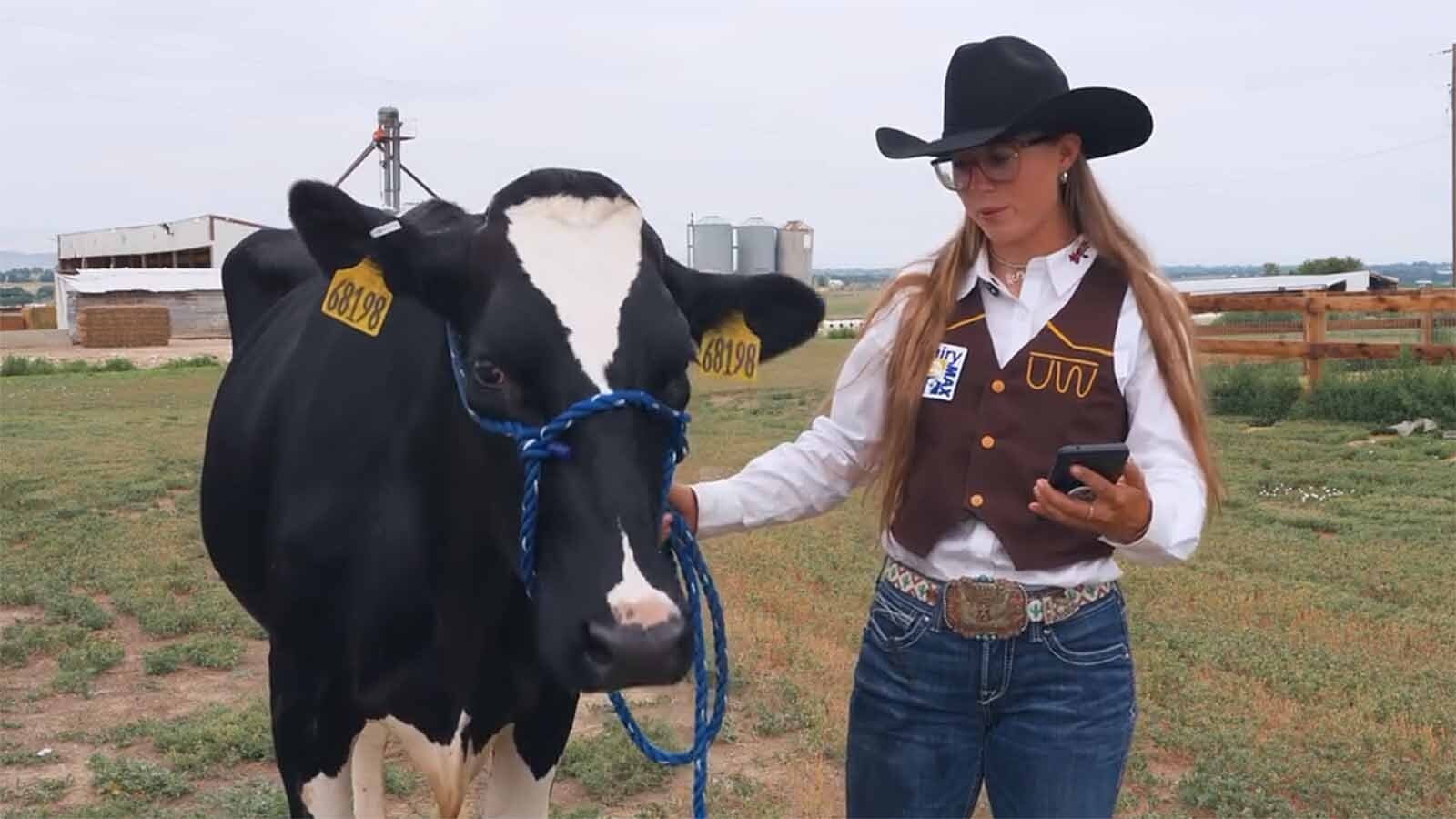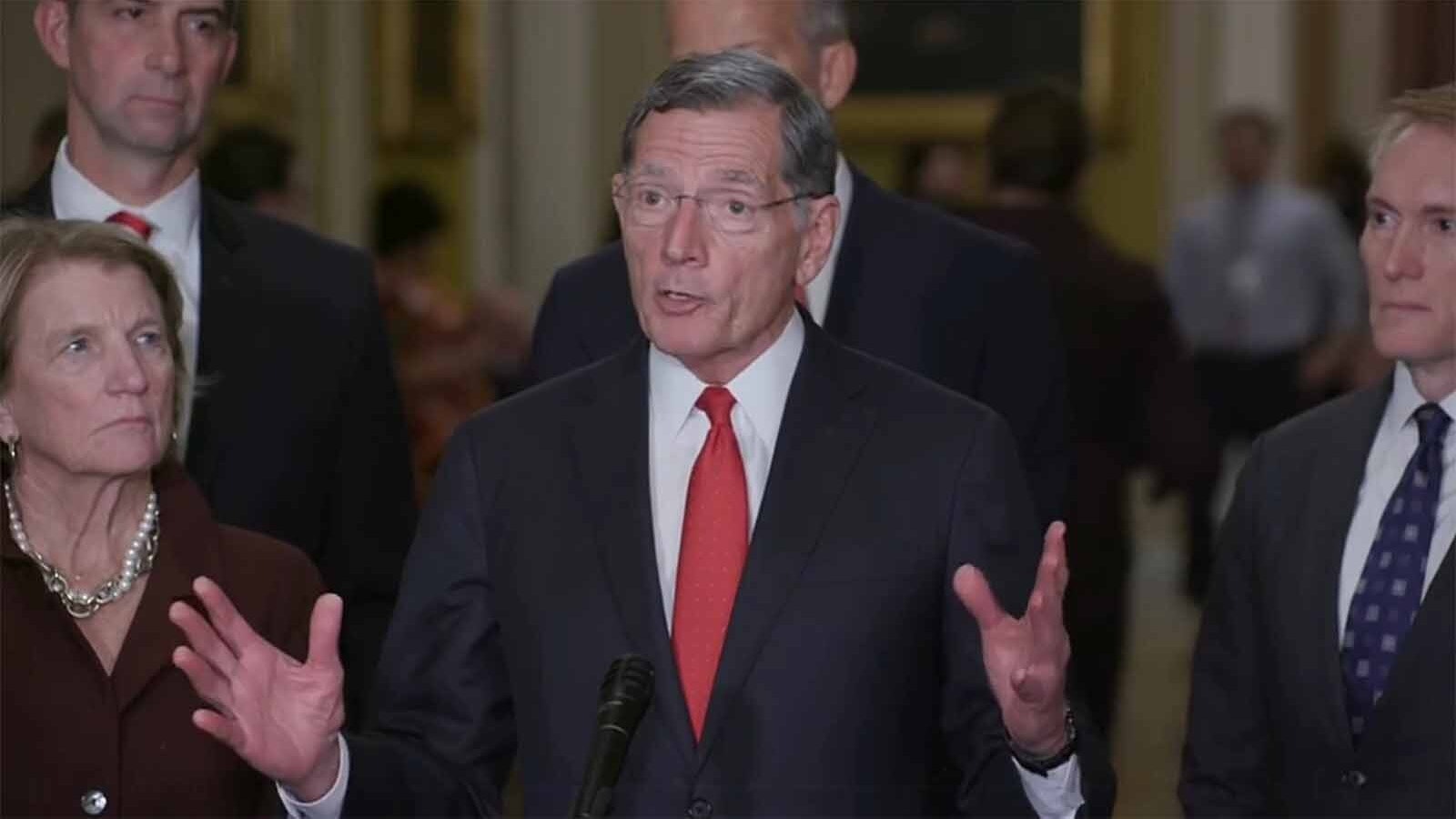Wyoming is aging like a fine wine.
From July 2022 and July 2023, statistics released by the Wyoming Economic Analysis Division on Thursday show Wyoming had the fastest growing elderly (65 and older) population in the nation, rising by 3.5% over the year, according to U.S. Census Bureau Statistics.
This vastly exceeds the growth of the overall population of Wyoming, which only grew 0.4% during the year.
Wyoming’s population aged 65 and older increased from 99,769 in 2020 to 111,865 in 2023, or 12.1%. That’s considerably higher than the U.S. growth rate of 9.4% during the same period.
The share of the state’s elderly population grew to 19.2% in 2023, which also exceeds the national average.
Wyoming’s median age of 39.7 is the 20th oldest in the country.
Since 2011, there has been a consistent increase in the state’s older population.
The state’s oldest county is Hot Springs County, with a median age of 49.5 and people age 65 and older making up 29.9% of the population in 2023. Other counties with a high proportion of elderly are Johnson (27.8%), Platte (27.7%) and Niobrara (27.6%). These counties also tend to have the smallest number of children.
Why?
Many older people moved to Wyoming in the wake of COVID-19 for a variety of cultural and political reasons. It was expected that this growth might slow as the country moves farther away from the pandemic, but this has not been the case.
Although Wenlin Liu, chief economist with the Wyoming Economic Analysis Division, said the aging baby boomer population played a big role in this, another contributing factor was young people leaving the state and a decline in fertility rate.
From 2020-2023, Wyoming’s 25-29, 30-34 and 35-39 age groups all declined, but its 20-24 age group increased.
There were 6,049 babies born in Wyoming in 2022. The birth rate has dropped 23% since 2015, when 7,765 babies were born. This follows a national trend of declining fertility rates.
Some lawmakers have expressed concern about Wyoming's future because of the increasing number of elderly people who will need state assistance and the declining size of the workforce.
“The state is facing a labor shortage as the number of resident workers is insufficient to fill the positions vacated by retiring baby boomers under normal economic circumstances,” Liu said.
The youngest county in the state is Albany County, unsurprising considering it hosts the University of Wyoming. Albany and Campbell counties also had the lowest percentage of older people.
Wyoming also has one of the highest proportions of baby boomers, and one of the lowest of Generation X in the country.
Liu forecasts the state’s population age 64 and older to grow another 13% from 2023 to 2030, while the state’s overall population is only expected to increase by 2.6%.
Minority Populations Grow
Minority populations grew by 1.5% during that same period up to 16.9% of the state population, which is eighth lowest in the nation.
Fremont County, which is home to the Wind River Reservation, has the highest minority population in the state at 29.9%. Crook County has the smallest at 6.6%.
Hispanics make up the largest minority group in the state at 62,798 people. The Hispanic population increased the fastest in Crook and Niobrara counties, both at 9.5% between 2022 and 2023, followed by Sublette and Hot Springs counties at 8.5% and 8.2%, respectively.
Although Teton and Campbell counties saw double-digit percentage increases in their Black populations, the overall state population declined by 1.3%.
Leo Wolfson can be reached at leo@cowboystatedaily.com.





